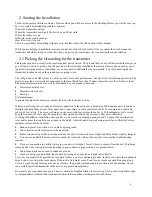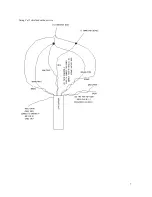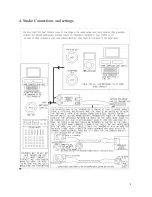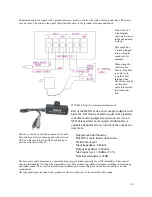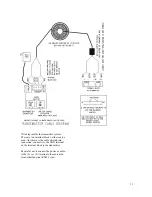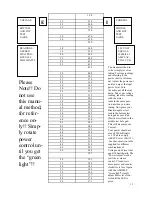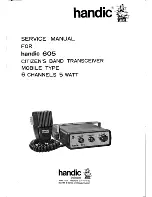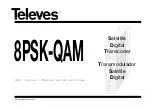
First of all make sure you have the items/tools need to complete the job. Along with the right tools you may need
the items shown below.
Please note that changes or modifications not expressly approved by RangeMaster for compliance
could void the user's authority to operate the equipment.
This unit is meant to be installed by someone who has some radio/technial background, a technician. If you don’t
feel qualified to install this unit yourself contact a local radio/TV shop. They may be able to help. Also if you have
a friend who is a Ham radio operator they may be able to help you.
The goal of a successful installation is to achieve ½ mile range if the unit is near ground level. Within this ½ mile
the signal should be clear and easy to hear. There may be some static mixed in, but the message being played
should be clear. Up to a mile range and further may be possible if you have a good site and have the unit higher.
Tools needed could be small flat and large flat screwdriver, wire cutter and stripper, mallet to pound ground rod in,
(A jack hammer can put a ground rod down in a couple of minutes if you can get one) hammer, tools to install mast
mount, (you may need a hammer drill and masonry bits to attach the mount to masonry) ,large Phillips screwdriv-
er, Wrench set, Ratchet set, medium adjustable wrench, hacksaw, level, knife, torch for soldering, electrical type
solder. Drill may be needed depending on the situation as you install and mount the wires.
You may require other various hardware depending on your installation situation, mostly for routing and fastening
the ground and audio/power wires. Wire nuts, silicone for weather proofing, tie wraps (cable ties), electrical tape,
spare batteries, any test equipment you may need
It is a good idea if possible to have on hand cables that may be needed, cable adapters, ect.
Important!! A Very Large Part of the Time spent Installing the Trans-
mitter Often will be running back and forth to the hardware store to
buy items that you find you need!!. Try to have everything you need
when you get there!!
1. Getting ready/ Things you may need
2
Summary of Contents for HAMILTON AM1000
Page 7: ...Using Cat 5 shielded outdoor wire 7 ...
Page 8: ...4 Studio Connections and settings 8 ...
Page 14: ...6 Trying to get good Range 14 ...
Page 19: ...19 11 Certification ...




